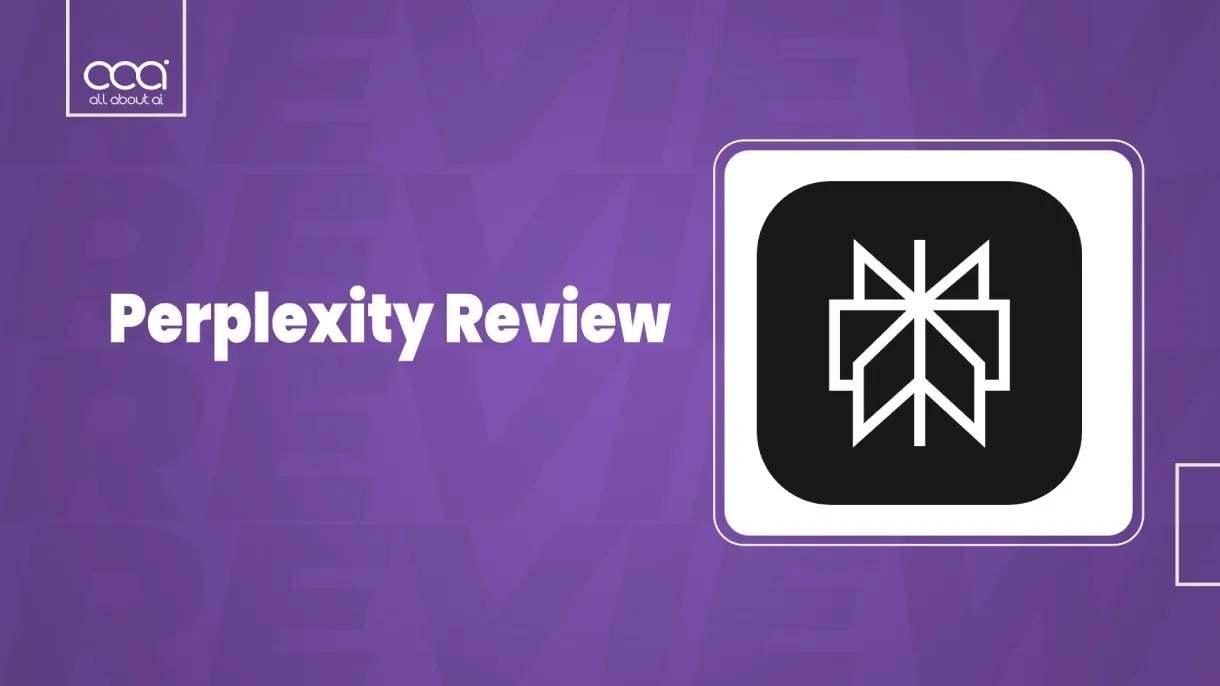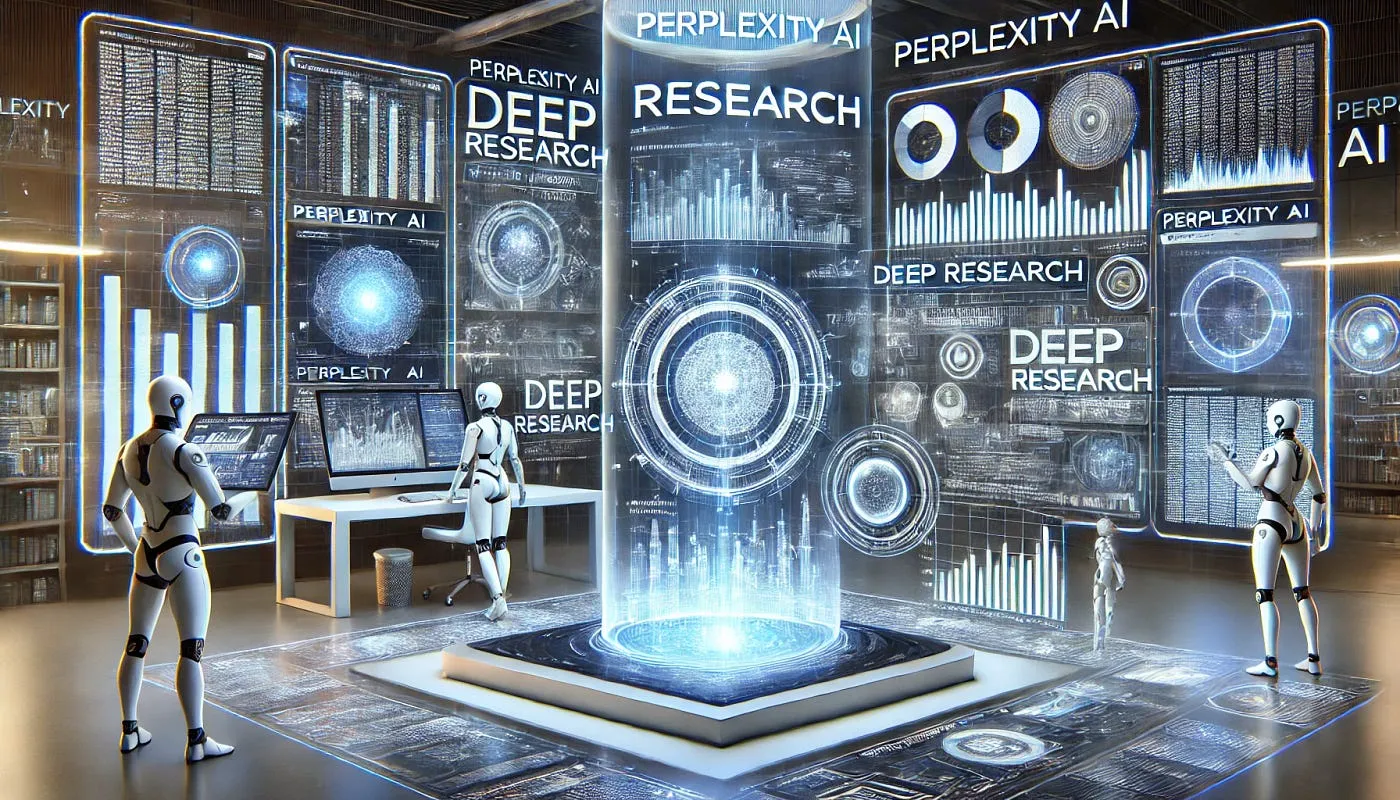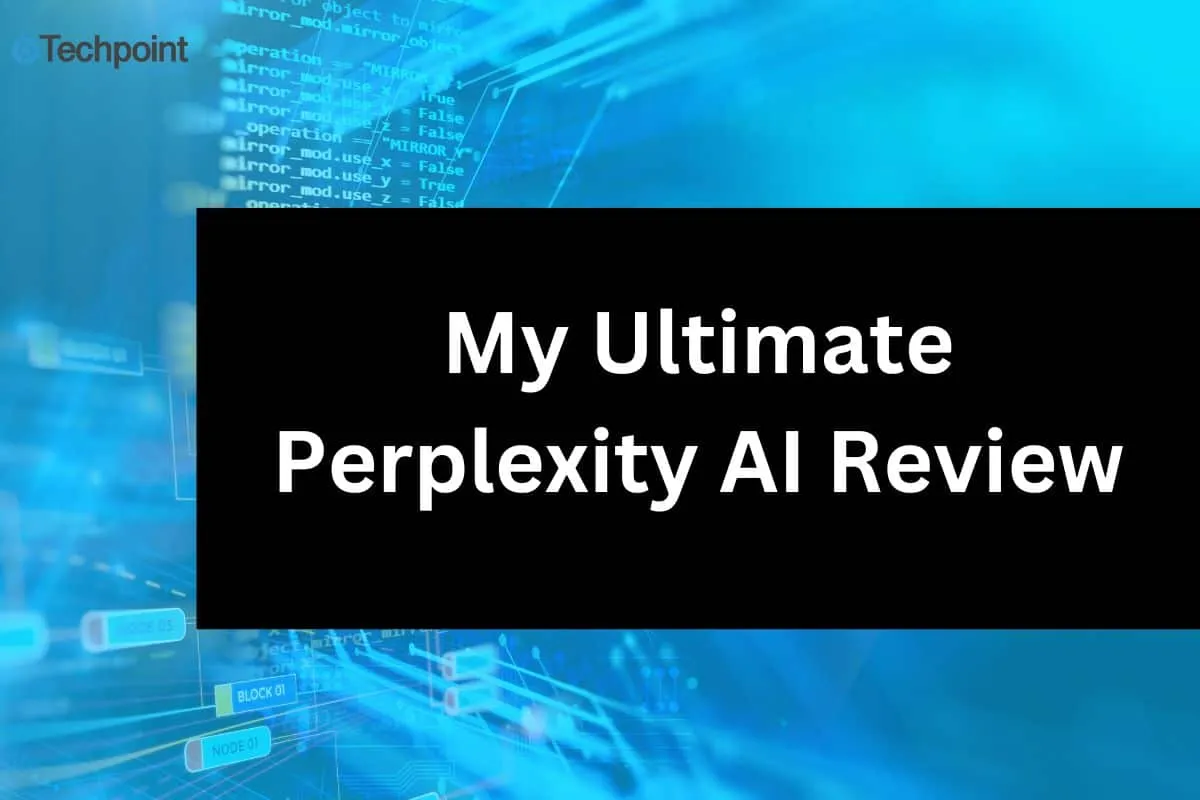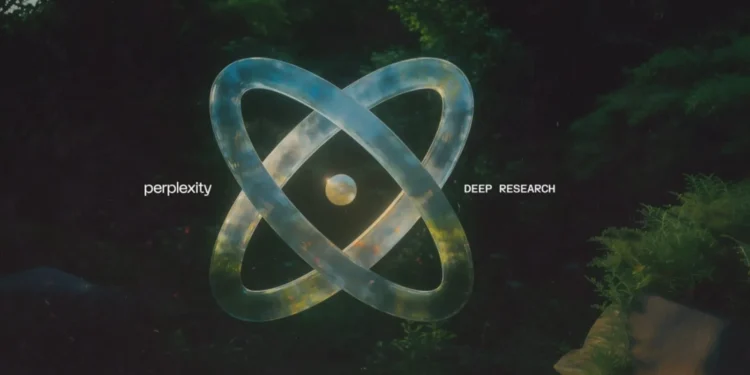Earlier this month, following similar launches by Google and OpenAI, Perplexity introduced its own version of a deep research tool aptly named “Deep Research.” This AI-driven feature aims to provide intricate and precise answers, a step above the generic responses typically generated by consumer-oriented chatbots. Deep Research by Perplexity is designed to “iteratively search, read documents, and reason about what to do next,” mimicking the research patterns of a human, as detailed in a recent blog post by the company.

Unlike its competitors, where usage might be costly, Perplexity has made its Deep Research tool accessible for free, offering a significant advantage for casual researchers and professionals alike. Users can generate detailed reports that can be exported as PDFs or shared as a Perplexity Page, making it easier than ever to compile and present findings.
Setting the Standard in AI Research Tools
Performance is another area where Perplexity’s Deep Research shines. The tool demonstrated its prowess on the challenging Humanity’s Last Exam, scoring a notable 21.1%, surpassing most other AI models. This benchmark highlights the tool’s ability to handle complex, expert-level questions across a broad spectrum of academic fields. In contrast, OpenAI’s Deep Research, which requires a $200-per-month Pro subscription, scored slightly higher but at a steeper cost and slower operational speed.

Perplexity not only excels in providing free access but also in the speed of its research, completing tasks in less than three minutes—a significant improvement over the 5 to 30 minutes required by OpenAI’s tool. This swift performance underscores its potential as a game-changer for researchers who need quick and reliable data.
Comparing Giants: Perplexity, OpenAI, and Google
The landscape of deep research tools is diverse, with each major player offering distinct advantages:
- Perplexity AI stands out with its speed and accessibility, making it ideal for users who need quick answers without a hefty price tag.
- OpenAI dominates in providing in-depth analysis suited for enterprise-level applications where analytical depth is crucial.
- Google seamlessly integrates with existing productivity ecosystems, enhancing the user experience for those already embedded within its services.
Despite the promise these tools offer, they are not without their criticisms. As highlighted by The Economist, there’s a concern that relying heavily on AI for research could stifle personal creativity and reduce the opportunities for serendipitous discoveries.

The Future of Research in the AI Age
The introduction of tools like Perplexity’s Deep Research is poised to redefine the boundaries of professional research. As these tools become more ingrained in everyday practices, their impact on productivity, creativity, and information accuracy will be critical areas to watch.










